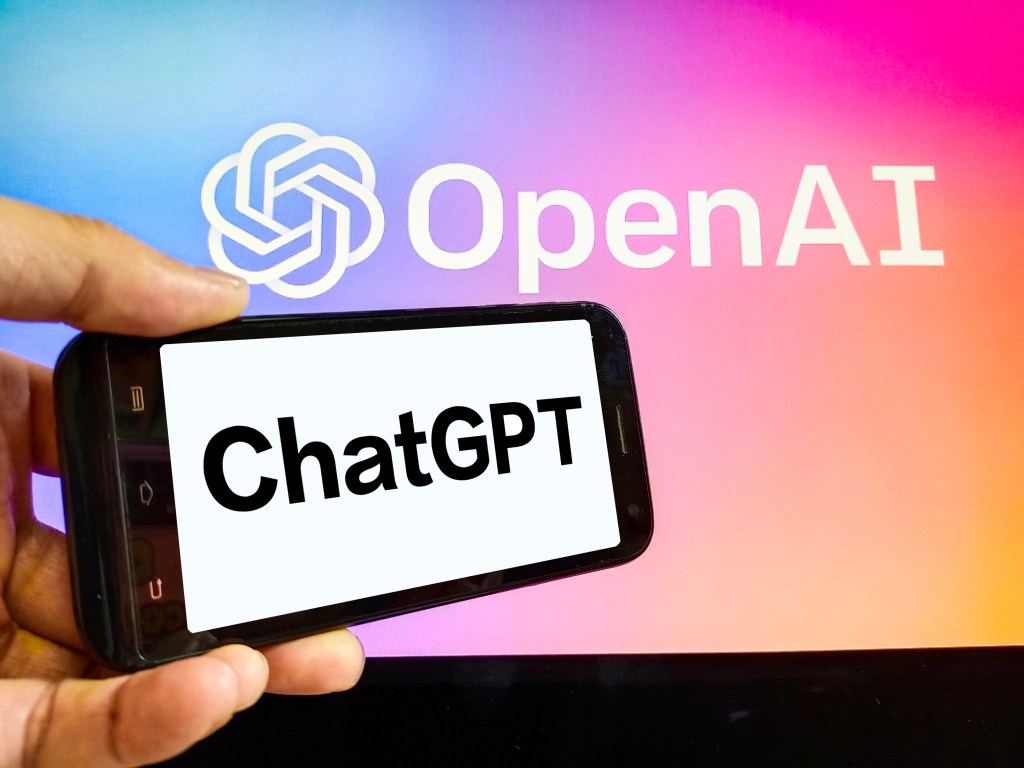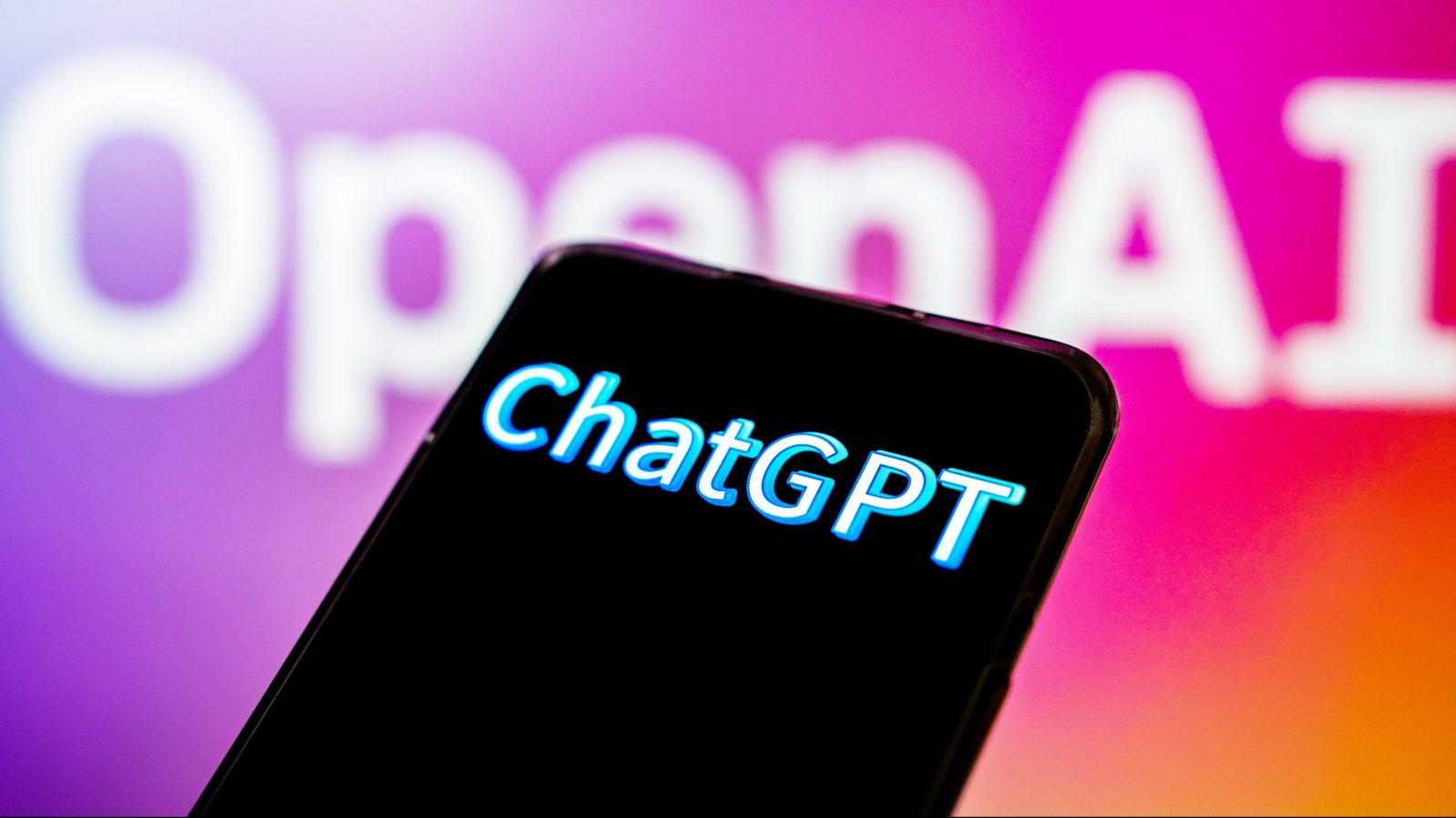The meteoric rise of generative AI over the last few months has triggered widespread recognition that the age of AI is here, and this arrival could not be timelier for Australia.

A new report from the national Productivity Commission, five years in the making, has shown that our national productivity growth has been slowing over the last 20 years. So much so that on the current trajectory, Australians will be 40 per cent poorer by 2063 and will work weeks that are 5 per cent longer.
Australia’s productivity puzzle is perhaps why new generative AI tools such as ChatGPT have attracted so much attention. The business leaders that I speak to in Australia are curious about what this technology can deliver but are only just beginning to explore its implications.
Put simply, generative AI can boost workplace productivity, increase employee happiness and satisfaction, and accelerate innovation. These benefits are already taking hold in the crucial sector of software development, with generative AI having a material impact on developers while also illustrating how it can assist high-skilled workers in other fields.
Generative AI’s impact
Like many other sectors in Australia, the technology industry faces a shortfall of highly skilled workers, and our relatively small population only makes this challenge more poignant. The Tech Council of Australia has outlined the scale of the issue by forecasting that Australia will need one million people in tech jobs by 2025 – meaning around 260,000 more people will need to enter the Australian tech workforce in that time.
A significant proportion of these will be software developers. There are already more software engineers and developers in Australia than solicitors, plumbers and hairdressers. But today every company in the global economy relies on software. There’s now a boundless amount of software to be built and maintained and not enough developers to do it. The answer can’t be to keep giving developers more work. They’ll burn out and that does nothing for the speed of innovation and the quality of services.
Before ChatGPT exploded into the mainstream, GitHub had already deployed the world’s first at-scale AI developer tool, to help make millions of global developers more productive. Developers using GitHub Copilot have been able to code 55 per cent faster, enabling them to speed through onerous tasks. When you quantify that productivity organisation-wide, it’s unimaginable what organisations in Australia – of all sizes – will be able to achieve. GitHub Copilot is also making developers happier and more satisfied: 75 per cent said they felt more fulfilled by their work using the AI assistant because they can spend more time on interesting and valuable work, stay in the flow, and conserve mental energy for problem solving.
Long term, this bodes well for generative AI’s application to other types of work in the services sector. In the short term though, it also means that Australian businesses will be better able to build the digital products and services they need to keep up with customer and employee demands and stay ahead of competitors.
Generative AI models like AI-pair programming help developers build code in half the time and improve happiness and creativity, but these tools are no substitute for developer’s experience and skills. While tools like GitHub Copilot help augment the work of developers, empowering them with greater focus and productivity, developers are still in charge and own the resulting code.
Open source convergence
The ability of AI to help Australian firms become more productive also depends on another technological approach – open source – that has already revolutionised software development.
Open source has been instrumental in the emergence of AI. Many AI tools, including GitHub Copilot, have relied on open source programs and frameworks for their development.
But businesses can also deploy an open source approach outside of AI applications to draw on the expertise of a global community of developers to innovate and build products and services. Open source developers can contribute from anywhere and everywhere, meaning businesses gain access to talent from every corner of the globe. Plus, building on code that’s already there allows developers to focus efforts on unsolved problems without reinventing the wheel — accelerating innovation at scale.
This is crucial for Australian companies. Increasing the speed and quality of innovation means that they can keep pace with digital transformation and look to carve out a competitive edge over the competition. There’s also a knock-on talent benefit. Open source helps developers optimise for efficiency and productivity by giving them the ecosystem to learn from others and produce better work. This makes organisations significantly better equipped to attract and retain talent.
On the verge of a productivity breakthrough
Productivity gains are stubbornly difficult to achieve, whether for an individual business or an entire economy. While business leaders will be looking to see if any of the Productivity Commission’s recommendations on long-term policies such as education, tax and immigration come to pass, they have urgent challenges they need to solve now.
Combined, generative AI and open source are providing the most significant technological transformation in a generation and this has the potential to create a productivity breakthrough. While many companies are still evaluating how to best deploy them, GitHub Copilot is already redefining productivity for over a million developers, and 99% of the world’s software already contains open source code. This is supercharging software development and making businesses more productive by removing much of the dry, mundane work that typically occupies so much of a developer’s time.
We’re in the early stages of generative AI, but it’s already clear that it’s enabling developers to work faster, better, and happier, and this is a positive blueprint for its application to other professions and areas of businesses – be that content creation and data analysis or translation, design and prototyping. What’s critical for Australian businesses is how quickly they can take their first steps into this new era of software development. Those that embrace AI may very well have their go-to-market times cut in half. After all, no other technology has come close to creating such a step-change in productivity.
Look back on the week that was with hand-picked articles from Australia and around the world. Sign up to the Forbes Australia newsletter here or become a member here.


